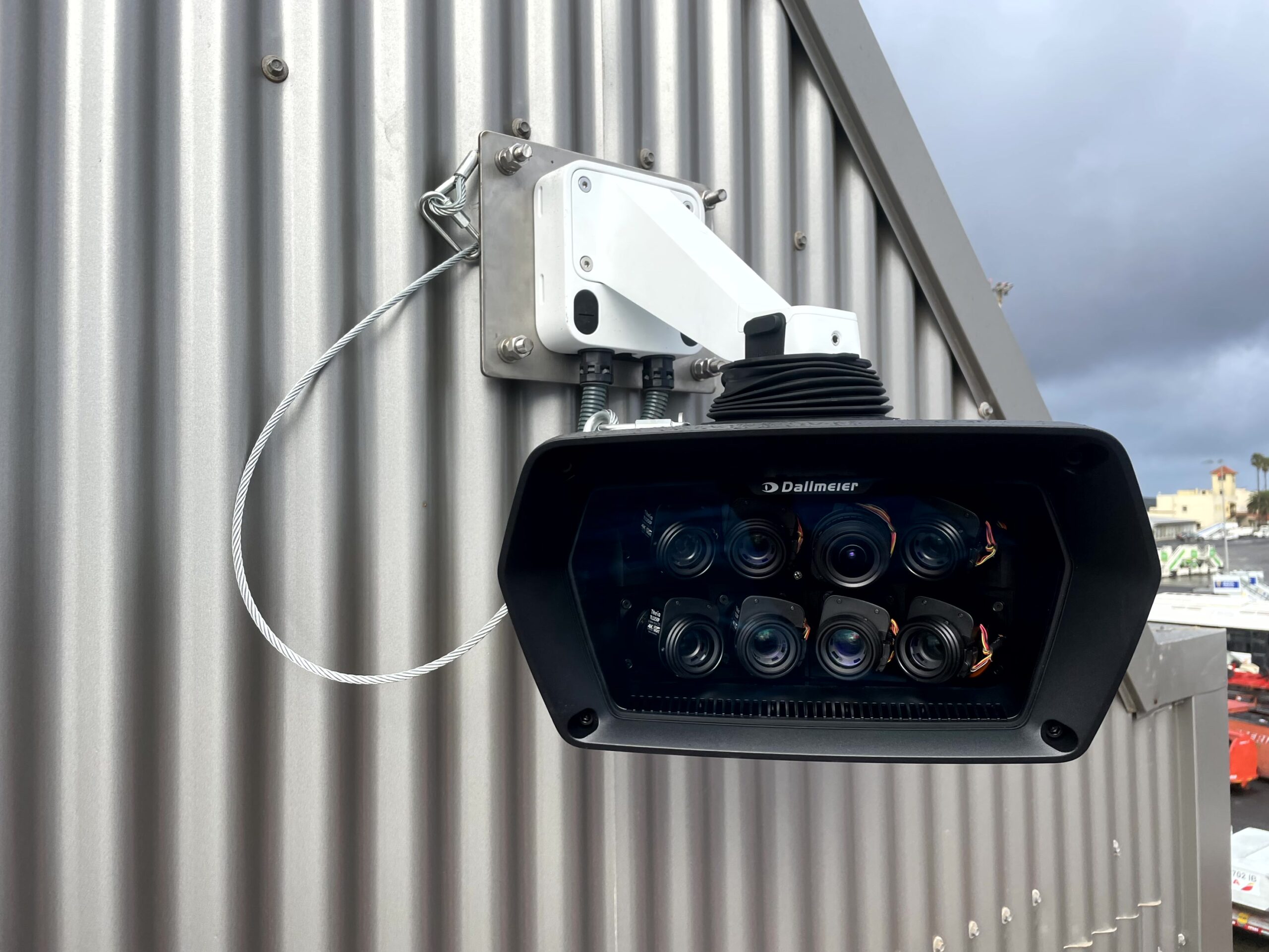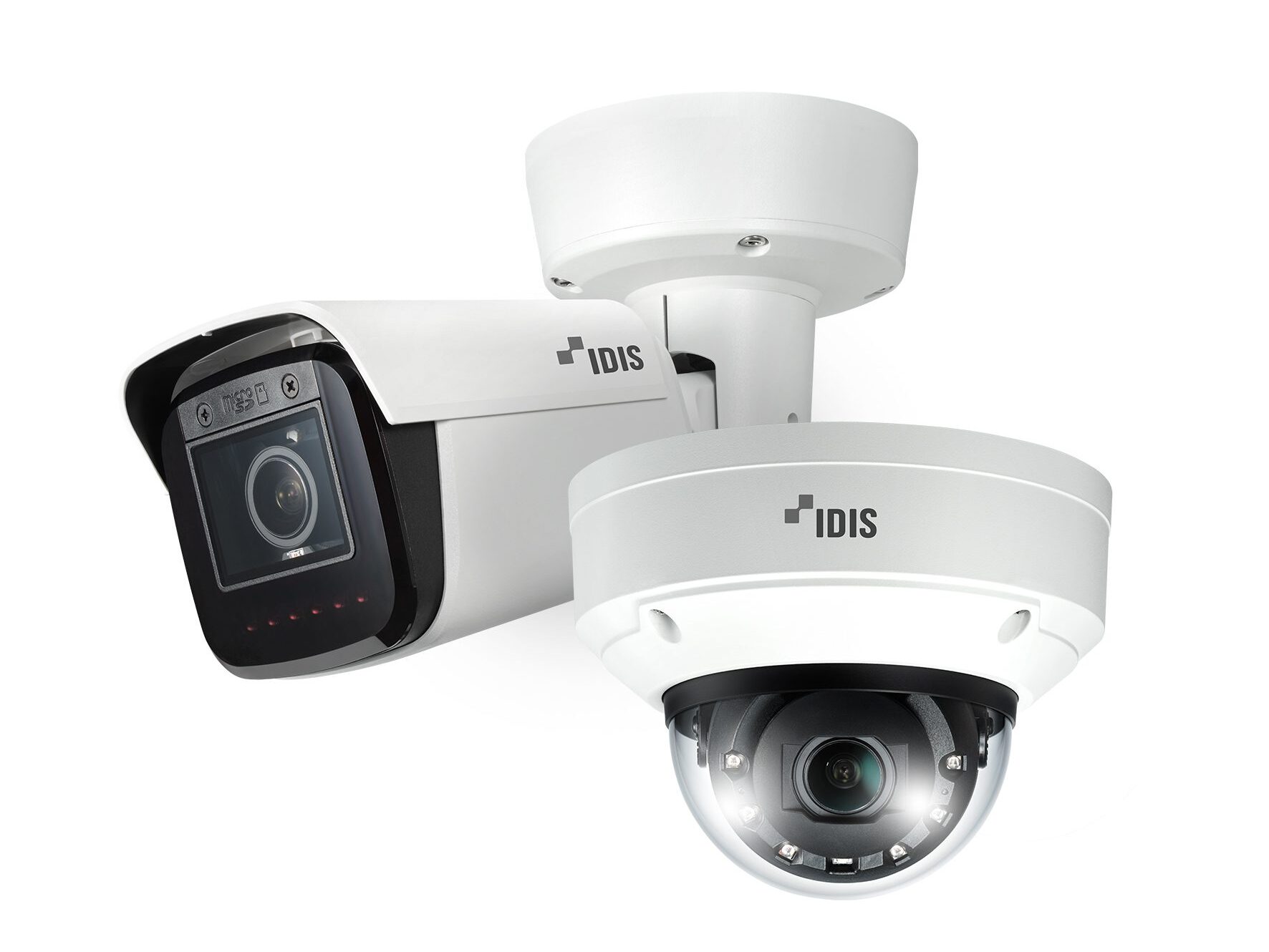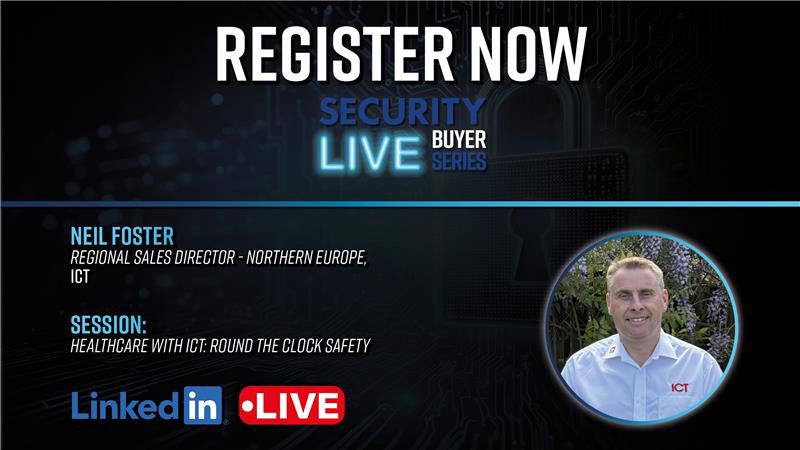
Seagate talks to Security Buyer about the most anticipated upcoming webinar in the surveillance industry discussing storage solutions, trends and ecosystems
What can we expect to be covered in the webinar?
Seagate, Axis and Milestone are participating in the webinar. We’re all leading experts in our respective fields within the surveillance industry. What the listener can expect to hear about is technology evolutions, ecosystem partnerships, new trends and the need for more robust and scalable storage architecture.
You’ll hear about Seagate Solutions to some of the challenges, changes and trends that are in place at the moment and how we’ve prepared ourselves for the future. You’ll hear how Installers and End Users can get closer to Seagate and these Alliance Partners, and prepare themselves for the best-in-class solutions for surveillance for both today, and tomorrow.
The Webinar will be an easy going, round-the-table type discussion between the Alliance Partners.
Register for FREE here: https://register.gotowebinar.com/register/9098545995423446029
Seagate, Axis Communications and Milestone are all key players in the security marketplace, how are you best positioned to guide and inform the industry?
From a Seagate perspective – Seagate, is a market leader in storage for over 40 years, a market leader, which is important. What does it mean to be a leader? It means to be a pioneer of technologies, it means bringing products and pioneering tech to market consistently, and building a reputation of reliability. That is who we are, that is the DNA at our core. 15 years ago, we put a microscope over the surveillance market, we saw that there were challenges from a storage perspective that needed to be met; as a storage leader we will meet these challenges, to guide and inform users and installers, on how to get the very best total cost of ownership (TCO) and performance from a storage perspective.
As a market leader, it is also about how we’ve done it, and what we offer from a practical point of view. First of all internally, we have our own dedicated surveillance teams, not just from the perspective of a dedicated EMEA Sales team, but also organisationally within the company. We have a surveillance segment which is dedicated to the market, not the product, but the market. We have teams that are focused on business development, product development & operations management. Uniquely, we have set up a surveillance centre of excellence in Hangzhou, where some of the largest camera manufacturers and surveillance manufacturers are based, for long term R&D and testing.
We have committed to a dedicated surveillance track within our Seagate Partner Program for installers. There is a specific track for you within the program, where you can get the latest information, access all the Seagate tools and services that we offer, tailored towards surveillance system installers.
With our Alliance Partners Axis and Milestone, we sit down and share our long term road maps, our technologies, challenges we face and what we want to achieve together.
With the fullest portfolio of surveillance devices and solutions, we can provide insight and guidance to SMBs and Enterprises looking to scale in their markets. As an example, we have our SkyHawk and SkyHawk AI (artificial intelligence) hard drives that include complimentary Rescue Services for SMBs, for enterprise scale solutions, our Exos hard drives feature Seagate Secure, featuring ADAPT erasure coding to provide best in class, encrypted large scale data sets with the fasted data recovery times, which are 90% faster than RAID configurations.
Why is there a need for more robust, scalable storage architecture?
Intrinsic to the surveillance industry, is the exponential growth of data creation, which is part and parcel of the surveillance industry. Cameras are more prolific, and produce more data. Those cameras, in their own technology, are delivering higher resolution in both video and audio, resulting in more data. Our EDS solutions come into their own on 500+ camera networks.
The technology follows the development of these devices, as we see the real world requirements for AI, the meta data that is being created by cameras, the machine learning where cameras are looking at data and creating data about data, in order to learn patterns on behaviours and identify abnormalities.
These trends from the growing requirement for storage that is able to scale, with the need for architecture to deliver scalability with the camera technology and the data demands. Use cases are no longer static, the network grows and expands, that’s today’s norm and that is why data needs to be recorded robustly, encrypted and secured, with the information captured at the device end, being recorded at the storage end.
In your opinion, what are the four main technological innovations prevalent today?
Artificial Intelligence (AI) – The technology has significantly grown in relevancy and is now a business requirement for a number of verticals to enable high level decision making.
With our EDS systems today, they are best placed to manage AI and super-fast streaming with the technology that we have, able to get that data onto the disc, using special algorithms that we have, and ASIC controllers which embed in our EDS systems. Analysing hours and hours of data through machine learning and using AI technology, we can identify what is happening with the data we’re collecting, creating a real benefit to the industry.
Connected devices – With IOT the cloud. We’re having cameras that are connected over large areas of deployment, for stadiums, shopping centres, cities, airports… not just cameras, but lots of kinds of different sensors. These are controlled and managed by a centralised VMS, for example Milestone, who will talk about XProtect during the webinar, and how they’re able to manage multiple sensors and pool and point everything together into centralised storage. This is a major technological innovation that enables better decision-making processes and has much greater capabilities when your devices are connected with your access control, for example traffic control management within Smart Cities.
Vertical solutions – We are finding new use cases for technologies we already have, identifying specific solutions for emerging industry verticals. These verticals are asking for these technologies to be tailored to their specific requirements which drives innovation, for example national rail network infrastructure on fault reporting, and car parking management within Smart Cities.
Security – Privacy and protection that is being managed in cameras, inside DVRs and all through the data pathway; there is a requirement for security compliance. Seagate is playing its part in enabling security encrypted devices, so that data is protected at rest within our systems.
How has Covid-19 furthered technological development?
With Covid-19, we have a particular Use Case where we can use thermal technology that can be targeted to identify specifics such as temperatures, physical abnormalities, as well as things you can see externally on people’s body temperatures. This technology has existed for a while; it is now being linked to access control, systems control and pointing to accurate thresholds in the detection of human health and potential risk.
From a health perspective, we have also seen smart access and IoT growing in importance during Covid-19, with analytics that are being innovated to manage social distancing and crowd control. In retail and hospitality, systems are able to detect in and out movement, and the amount of space between people in a live public environment.
From a compliance perspective, mask detection and PPE, the cameras, AI and applications can detect if people are wearing the compliant PPE. When Covid-19 passes, we imagine these technologies will be used in other ways such as managing crowds, stadium management and construction PPE compliance
Where do you see the future of the security industry heading?
One thing we know for certain – more data is to be created each year, there is an exponential growth in data. Predicted by IDC in the Data 2025 report, we learned that data is growing, from the current 33zb (Zetabytes) per year to 175zb per year in 2025. In 2021 alone we have seen 66zb of data. The analysis predicts three times as much data by 2025, and today we’re seeing three times as much data than just a couple of years ago.
With the technologies we have today, data, even where an event has not yet happened, is going to become more and more valuable as it feeds machine learning. This will identify normal and abnormal behaviours in instances such as data retention and data mining. These will be part of our industry as technology continues to innovate.
We’re also expecting to see more cloud-based services and applications, especially with the adoption of 5g, though this will require tiered, centralised storage. This is exactly why we’re bringing these solutions to the market.
We are seeing the development of edge devices, these will become more intelligent in time and we may find that data will be analysed both at the edge, and also centrally, as edge devices grow, data usages will inevitably rise.























